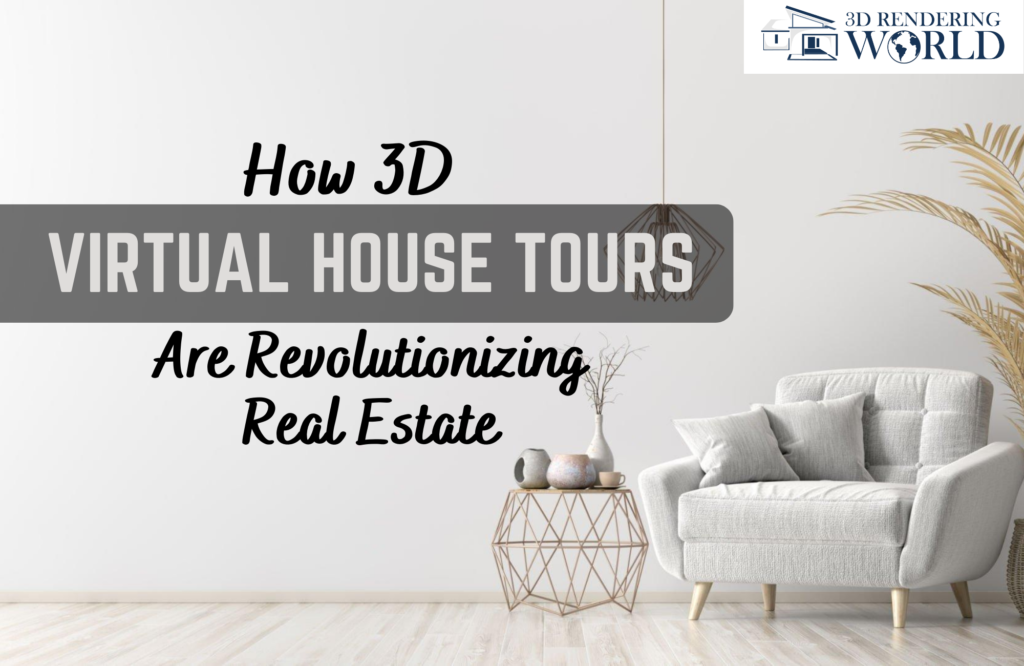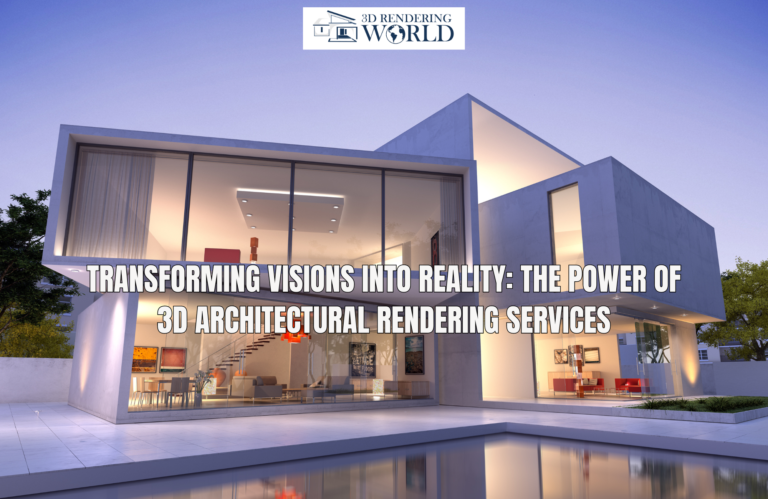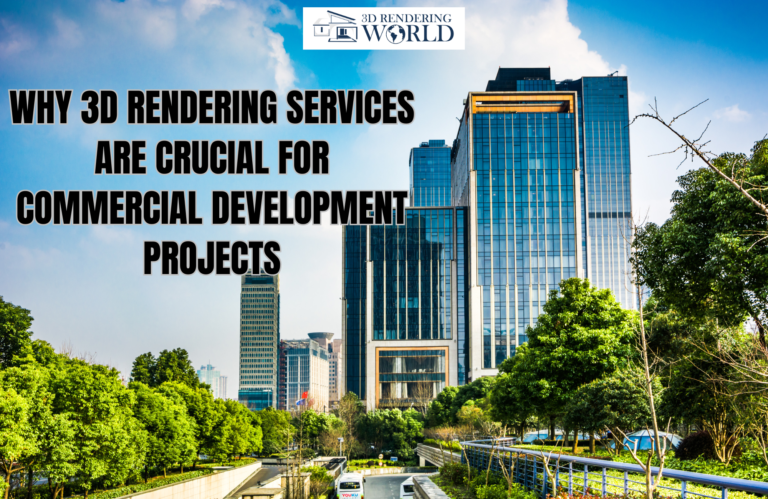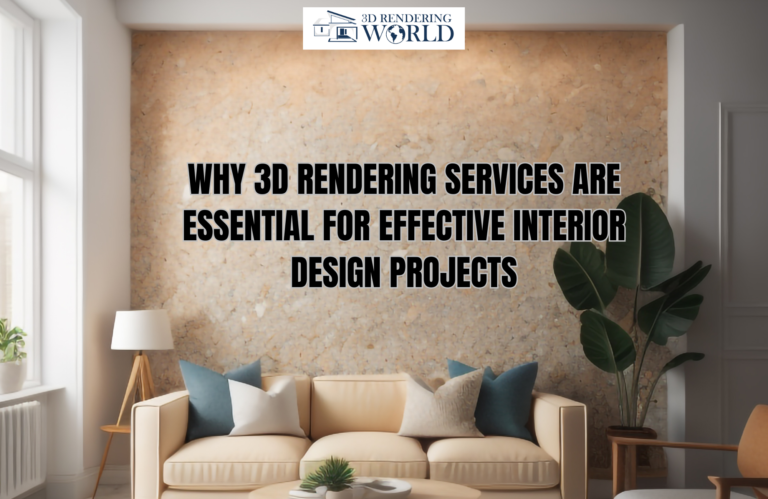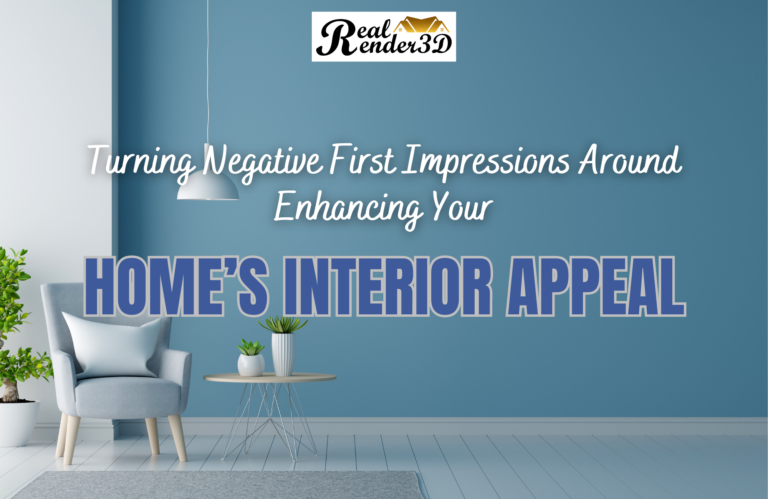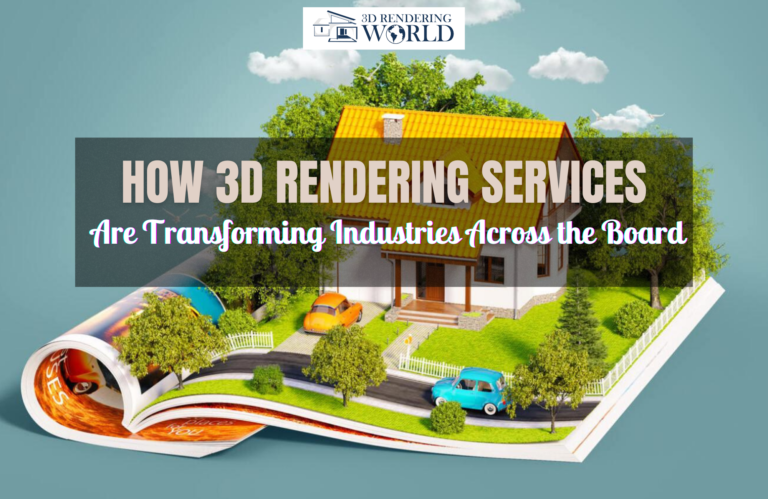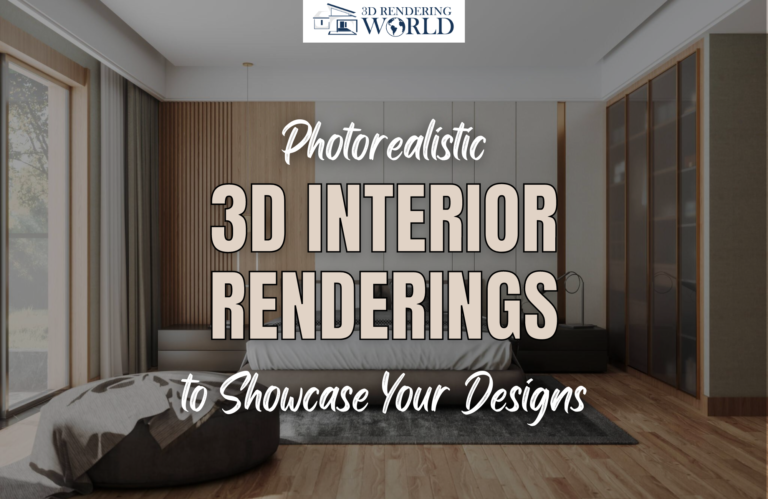Introduction
The real estate industry is experiencing significant growth and progress with the adoption of augmented reality technology to transform the buying and selling of properties. The adoption of AR in the real estate industry has helped potential buyers experience their design views more photorealistic, enabling them to feel the space and make the right decisions without visiting the site in person. With the gradual adoption of augmented reality technology, there is a positive transformation in the real estate industry because buyers and sellers have a comprehensive understanding and clear picture of the final render to expect.
AR Enables Immersive Viewing in the Real Estate Sector
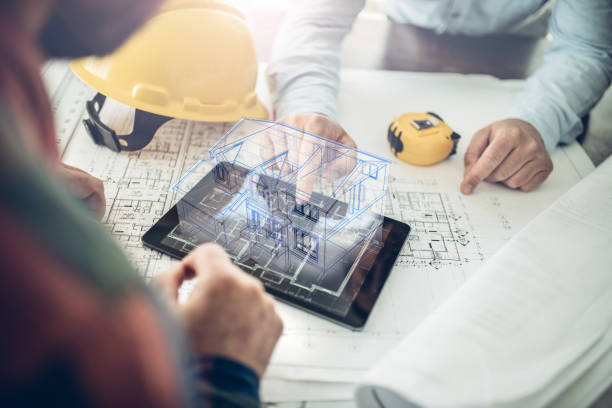
Augmented and virtual reality takes your customers on a virtual tour crucial in easily understanding your project’s exterior and interior rendering. This technology has eliminated the need for onsite visits to the construction spots. This makes the home-buying process flexible and convenient.
3D Virtual house touring enables prospective buyers to experience the whole layout of their space and surrounding environment, picturing themselves living there before construction commences. The interactive experience helps you visualize the proper furniture, texture, and style for a high-quality design. Buyers find it easier to make informed decisions by saving time and cost.
3D architects use AR technology to provide detailed renders and showcase properties helpful in understanding the right decorations to incorporate into your building. The customer also enjoys seeing the nearby amenities, zoning information, and property lines.
Benefits of Using AR in Luxury Real Estate
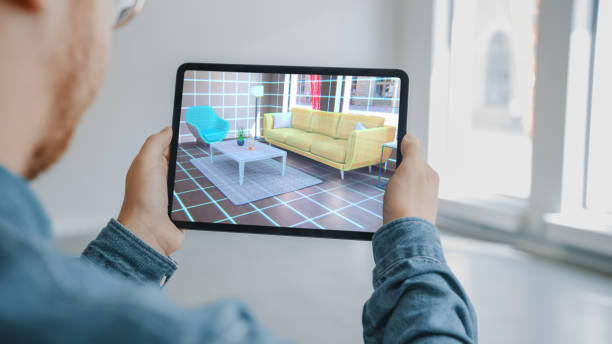
With its increasing popularity, AR provides immense real estate investors who buy and sell properties. First, buyers enjoy the immersive experience of the floor plan, exterior rendering, interior rendering, environment, and surrounding amenities. It gives the customer a virtual walk of the entire property regardless of your geographical location or time.
There is flexibility and convenience with AR technology. Buyers can view their projects without inconveniences caused by time, weather, or distance. All you need is a smartphone, tablet, or laptop.
Third, augmented reality provides an interactive experience between the two parties involved, showcasing the projects captivatingly. The interactive session ensures that the final renders are of high quality and meet clients’ expectations. Architectural animation provides room to stage decorations and showcases a variety of design options for clients to choose from. The adoption of AR in 3D rendering services has helped revolutionize the real estate industry by giving investors and property buyers a detailed comprehension of their properties to help them make informed decisions.
Enhancing Property Visibility Through AR
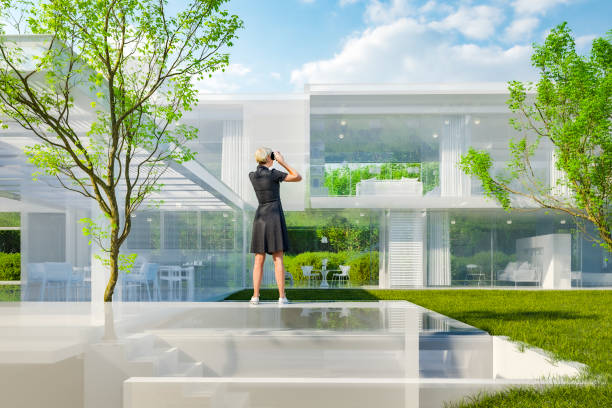
Augmented reality is the future of real estate. It provides a unique way of showcasing properties, enhancing its visibility and reach a wider audience. AR helps enhance property visibility by creating virtual open houses. This ensures access by anyone, anytime, anywhere with your electronic device.
Real estate agents also use social media platforms to maximize their property exposure to reach a wide real estate market. AR’s interactive features, like gamification elements, virtual staging, and 3D models, provide customers with a memorable and engaging virtual experience, which helps generate more leads.
Future Potential of AR in Luxury Real Estate

Augmented reality is a promising technology that is gradually gaining popularity in the real estate industry. Its adoption in the industry has brought exciting opportunities and a wide range of benefits to clients, investors, and real estate owners enjoying the immersive experience. Artificial intelligence is another technology adopted to help analyze data and make the right decisions.
Conclusion
In summary, integrating augmented reality in the real estate sector has significantly impacted property virtual walk and sales. Do not be left behind! Ensure you are up to date with the advantages of augmented reality in real estate and how they enhance proper selling.
Frequently Asked Questions
Architectural animation entails creating photorealistic and computer-generated images to showcase the design features of a construction building.
Architectural animation helps transform a client's ideas to life, showcasing external and internal architectural designs.
Architectural animation is an essential tool for communicating design concepts to clients with little or no knowledge of architectural animation.
It identifies possible design flaws and finds fast remedies before construction commences. This enhances cost-effectiveness and prevents time wastage.
Examples of sectors that enjoy the benefits of architectural animation include real estate, education, interior design, landscaping, urban planning, and construction sectors.

